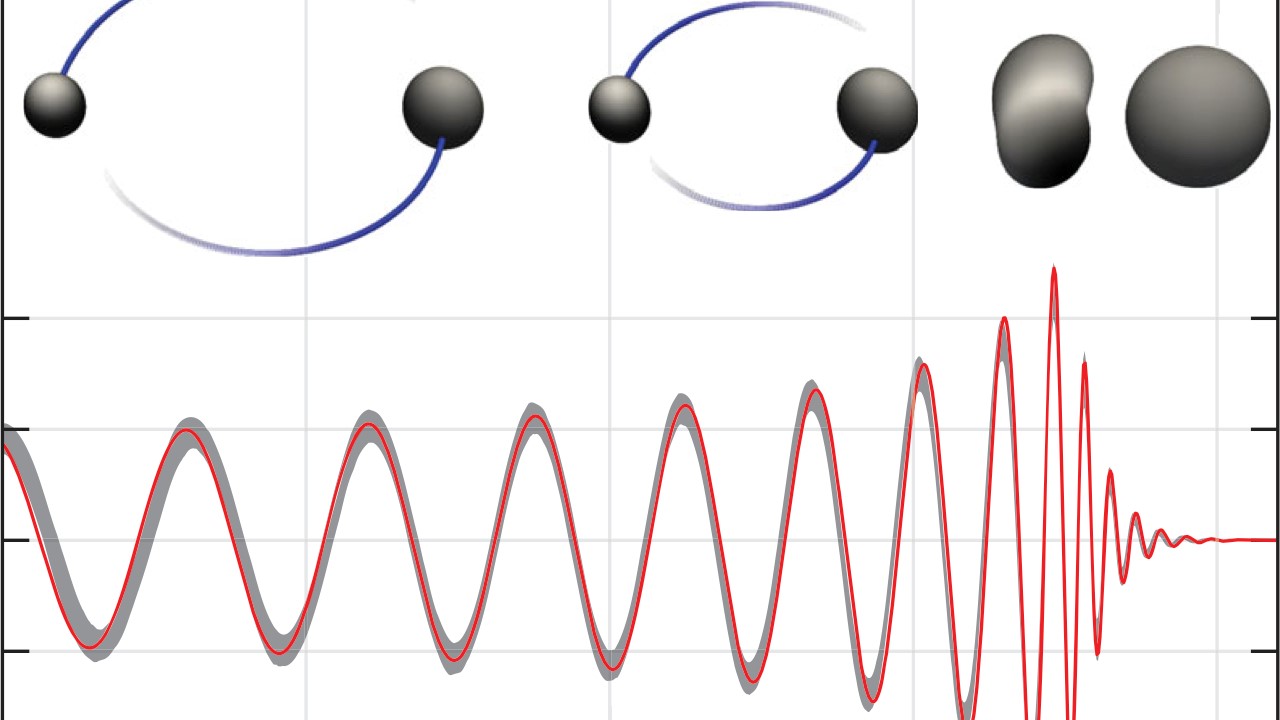The "Springer Theses" series brings together a selection of the world's best doctoral dissertations. For greater accessibility to non-specialists, published versions include an extended introduction, as well as a foreword by the student's thesis supervisor explaining the particular relevance of the work to the field.
— The first deals with the motion of pairs of black holes or very dense stars about to merge. This event, which generates gravitational waves like those first detected in 2015, is predicted by Albert Einstein's 1915 theory of general relativity. The thesis outlines theoretical advances in understanding the motion of these systems.

— The second part concerns the resolution of a problem of mathematical physics which originated in 1950, in the work of the French astrophysicist Michel Hénon. This mathematical problem is solved with new methods of geometry, and concerns the properties of the orbits of stars in spherical collection, like the heart of globular clusters or certain galaxies.
Paul Ramond's thesis supervisors were Alexandre Le Tiec, CNRS researcher at the Laboratoire Univers et Théories, Observatoire de Paris, Meudon, and Jérôme Pérez, teacher-researcher at the Applied Mathematics Unit of the École Nationale Supérieure de Techniques Avancées (ENSTA Paris), Institut Polytechnique de Paris, Palaiseau.




